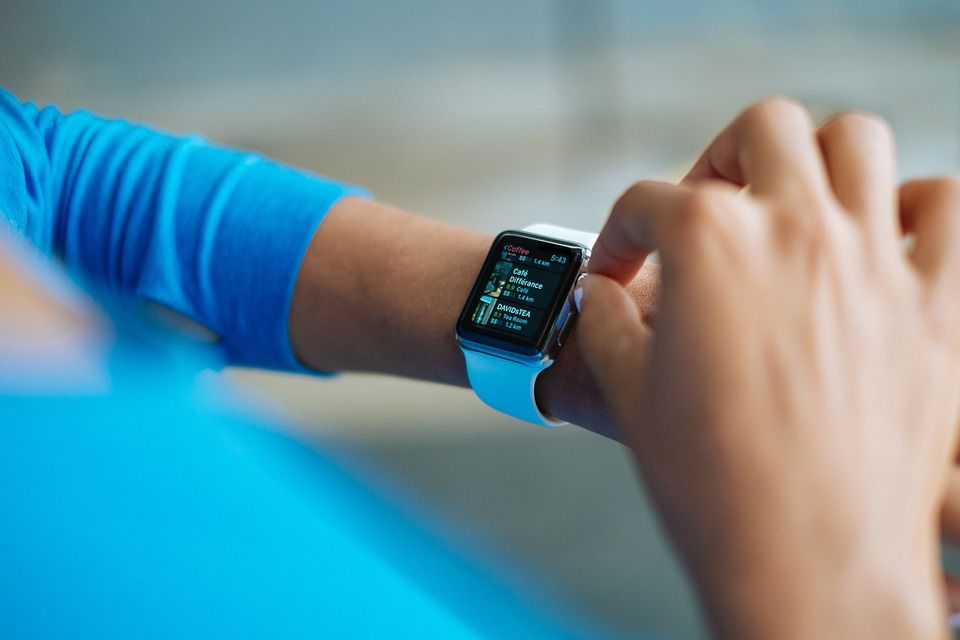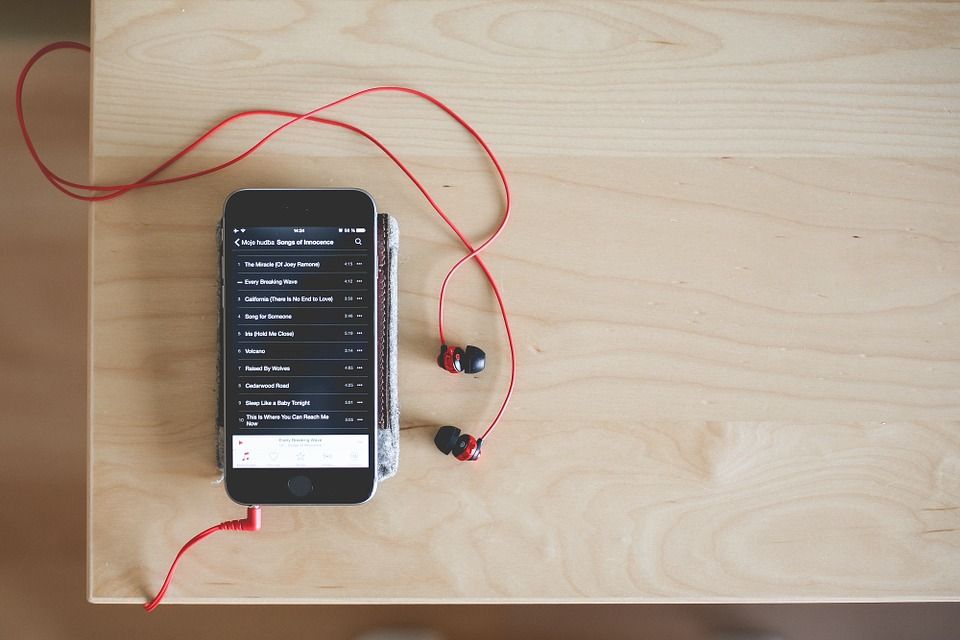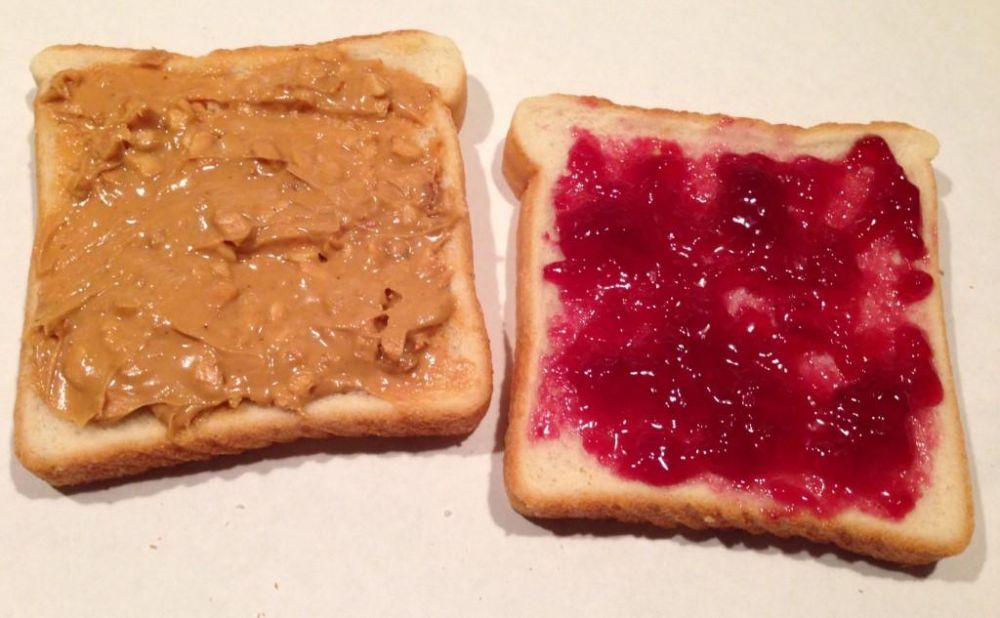The average American spends roughly 38,000 hours of their life driving. So it’s no wonder that automakers are investing heavily in “connected cars.” Initially, the focus was on manufacturer developed technology like Sync, UConnect, Cue and MyLink. But then the big boys of tech crashed the party, and since then much of the hype around the connected car has revolved around Apple’s CarPlay and Google’s Android Auto, which allow drivers to extend apps from their smartphones to their vehicle’s infotainment system. Apple and Google dominate the smartphone industry, and, drivers are used to using Bluetooth to connect smartphones to cars. So the giants’ plans to enter the automotive industry was a no-brainer. But now, INRIX is here to say not so fast.
INRIX has been a leader of worldwide dynamic connected car services for over a decade now. Bryan Mistele, president and CEO of INRIX says “Today, over half of the connected vehicles in the world use INRIX services.” Their industry leadership is again on display, this time through the acquisition of OpenCar, which is a U.S. automotive software and services provider. What stands out about this acquisition is that the OpenCar framework does not limit automaker-specific customization which allows for app deployment across different makes and models while still allowing each automaker to create a unique customer experience.
With all these connected car technology options it is hard to know where things will end up. What this really means is that radio has to keep its eye on yet another platform, which can be frustrating. At jacapps, we can help you sort out the “connected car” so your station is easy to find where it matters most – with the end user in the place where they spend those thousands of hours. Our apps are fully customizable and we will always support what we sell.
To read more click here.
To learn more about how to stay connected contact us at 248-353-9030 or email sales@jacapps.com.












